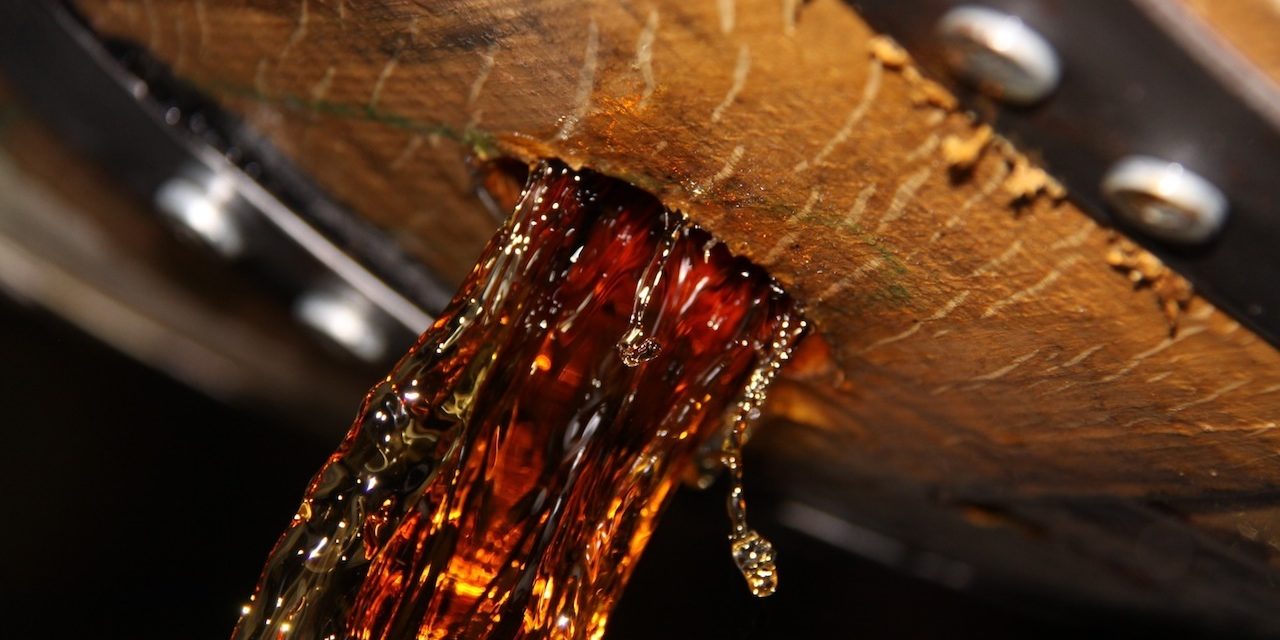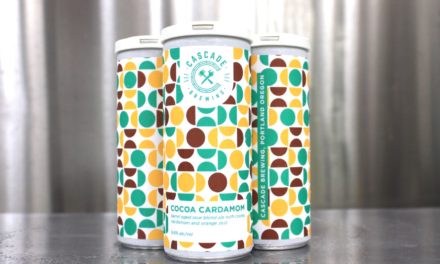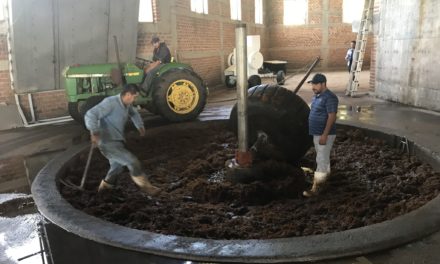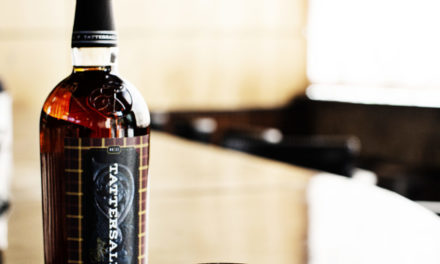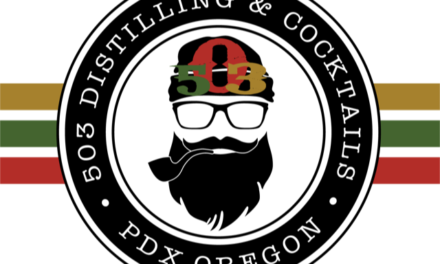 Those of us who’ve long made it a habit to take tours at large, legacy distilleries have noticed plenty of change over the past couple of decades. Chief among them: Visitors centers and tasting rooms are no longer afterthoughts. What were once bootstrap, back-of-the-house operations—typically, a small room with a couple of display barrels, a few benches, and a television running an indifferently made promotional documentary—now can be as large and shiny as a regional airport terminal. They’ve gotten swankier, taken on loftier ambitions, and they’re now often built around what branding professionals call “experiential marketing.”
Those of us who’ve long made it a habit to take tours at large, legacy distilleries have noticed plenty of change over the past couple of decades. Chief among them: Visitors centers and tasting rooms are no longer afterthoughts. What were once bootstrap, back-of-the-house operations—typically, a small room with a couple of display barrels, a few benches, and a television running an indifferently made promotional documentary—now can be as large and shiny as a regional airport terminal. They’ve gotten swankier, taken on loftier ambitions, and they’re now often built around what branding professionals call “experiential marketing.”
Craft distillers don’t have the budgets to go as fancy as the big guys, and they probably shouldn’t anyway, as glitzy doesn’t convey “craft.” But the thinking behind the fancy new centers contains kernels that could grow in smaller fields.
To start, it’s good to ask, why the change? In some cases, state laws prohibiting cocktail service or restricting tastings and bottle sales were rolled back, which bought in more visitors. Add to that a burgeoning interest in spirits among consumers, especially the curious who want to know where their liquor comes from and how it’s made. So why not offer an immersive experience that leaves visitors with a strong sense of the brand?
Peggy Noe Stevens, a Louisville, Ky.-based branding consultant, has been helping create visitors centers at distilleries for 25 years, originally working at Brown-Forman (Jack Daniel’s, Woodford Reserve) before striking out on her own about a decade ago. She says distillery pilgrims want something memorable, not just another rote walk-through. “Visitors want to play, not just go on a tour and then do a tasting,” she says. “We need to think about how to make it more interactive.”
Stevens says she’s cut agave with a machete at tequila distilleries and she’s raked malting barley at scotch distilleries, which made both tours more memorable. But even letting visitors handle and smell raw ingredients can help cement connections by engaging multiple senses.
 Susan Reigler, author of Kentucky Bourbon Country: The Essential Travel Guide, points out that the Buffalo Trace Distillery in Frankfort, Ky., offers seven different tours, ranging from a relatively cursory outing for the casually interested to a behind-the-scenes, hardhat excursion for the more engaged, and a barrel tour that dives deeper into the role of oak. That variety can lure the same people back time and again to experience each one.
Susan Reigler, author of Kentucky Bourbon Country: The Essential Travel Guide, points out that the Buffalo Trace Distillery in Frankfort, Ky., offers seven different tours, ranging from a relatively cursory outing for the casually interested to a behind-the-scenes, hardhat excursion for the more engaged, and a barrel tour that dives deeper into the role of oak. That variety can lure the same people back time and again to experience each one.
Those designing new distilleries are also cognizant that their best spirits consumers—those who become informal brand ambassadors—tend to have finely honed B.S. detectors. The fake stories often spun on tours in the past (“Well, it all started with a couple crazy moonshiners who loved them some likker…”) can do more to repel than appeal these days. Better to focus on the actual brand history and production methods. “We encourage craft distillers to find their niche and to celebrate their product and their packaging,” Stevens says.
Connie Baker, co-founder and head distiller at Marble Distilling Co. in Carbondale, Colo., visited some 50 distilleries to get ideas before she opened her own facility in 2015. She ultimately designed her visitors center and tasting room to drive home a couple key themes, including the use of local marble chips in a filtering column to add minerality (an impressive white marble bar in the tasting room offers a constant visual and tactile reminder), as well as the company commitment to recycle and reuse as much as possible (for example, the hot water generated from distillation helps heat rooms upstairs). “People instantly buy into the sustainability message,” she says.
Whatever the message, it’s essential that these portals into modern distilleries be truthful and straightforward. Consumers today seek out authenticity as if it’s a rare species they’ve discovered in the wild, and they’re eager to tell friends of their newest discovery. They’re also quick to identify counterfeits.
“Consumers today want to feel a connection,” says Baker. “Know your farmer, know your food, know your distiller—know what you’re drinking.”
For craft distillers launching in an increasingly crowded marketplace, a visitors center that draws people in, generates good word of mouth, and garners solid social media attention is certain to bolster the bottom line.

